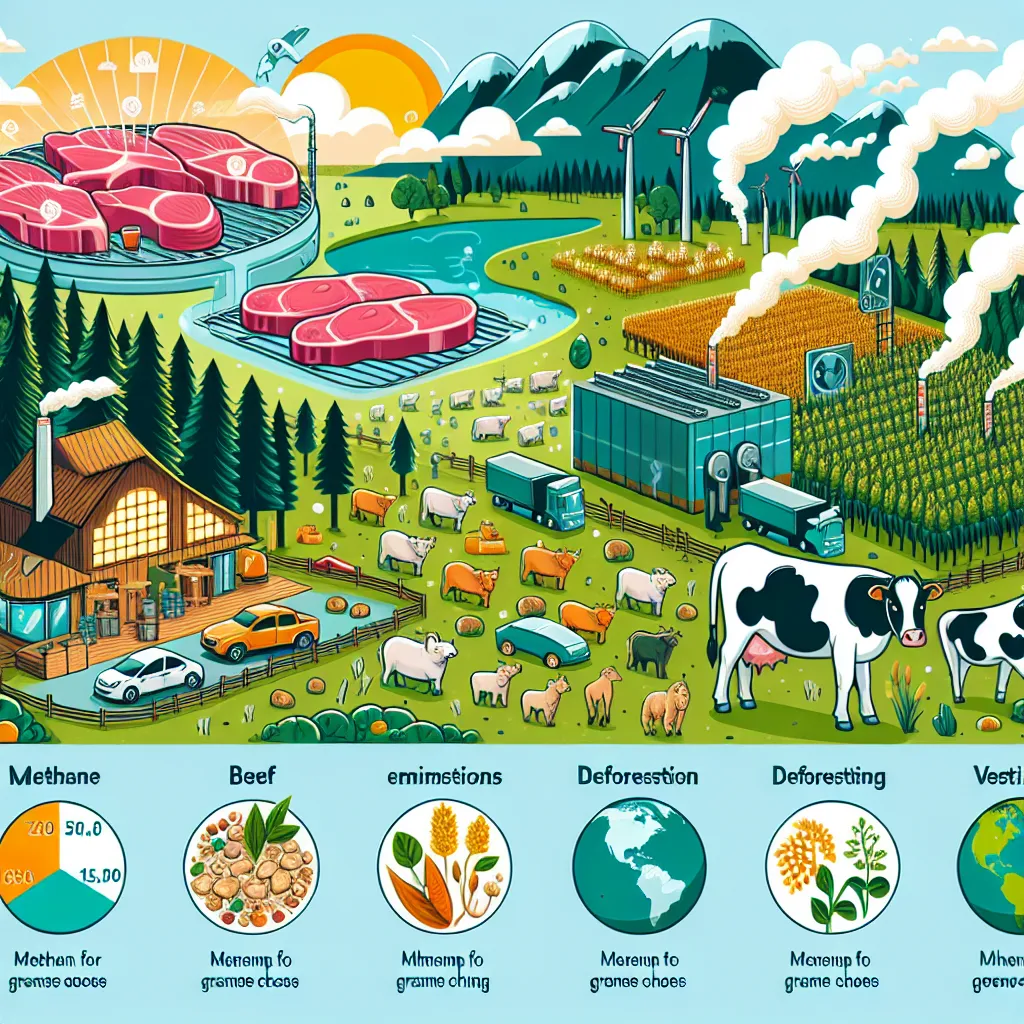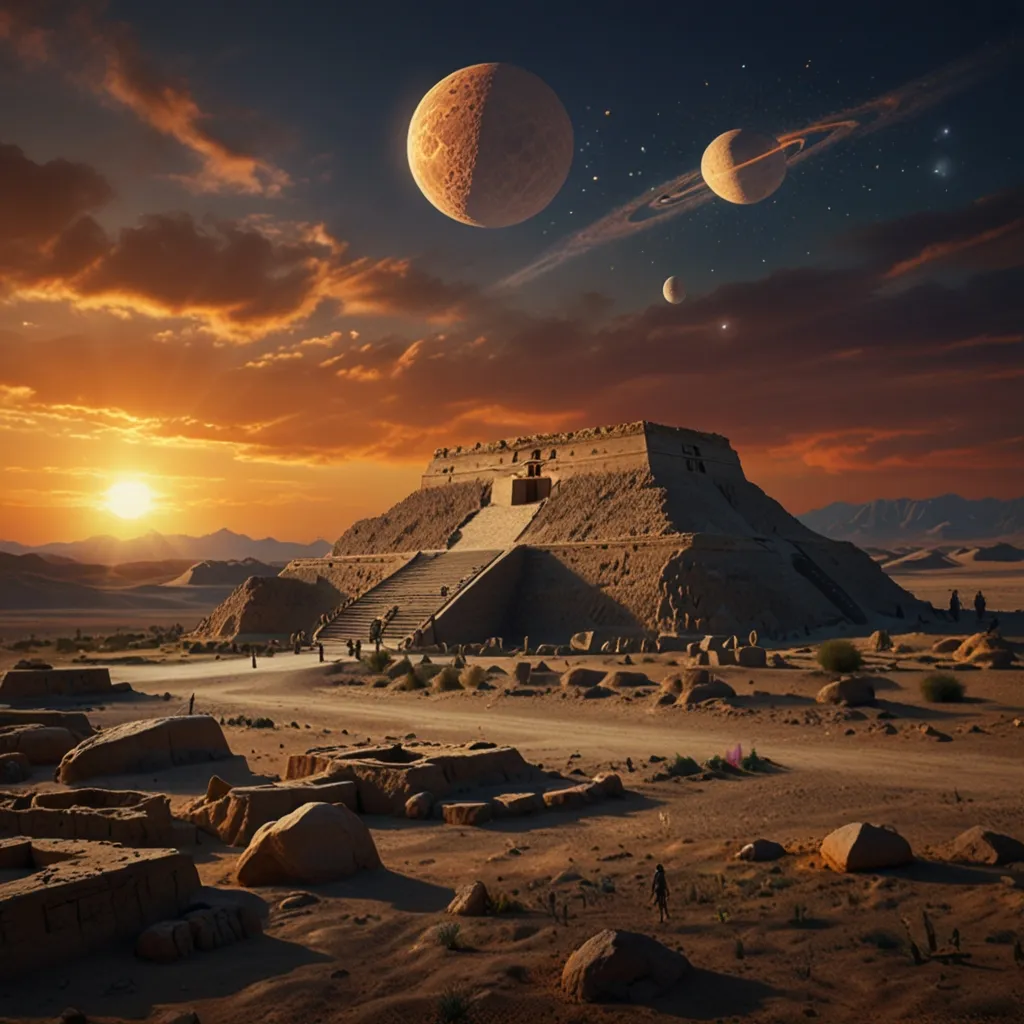Food is one of the best parts of life. We enjoy it several times a day, every day. It’s more than just fuel; it’s a way to express culture, love, and find comfort or celebrate. So, when we hear we need to change our diets to fight climate change, it can hit hard. Meat, often the star of our dinners, tends to get the worst reputation. It’s hard to research and the debates get heated quickly. But science offers some insights, which are, well, pretty complex. Let’s break down three main climate arguments against meat and see what really goes on.
Our diet plays a major role in climate change. Feeding billions of people inevitably causes emissions. Even with the best zero-carbon tech, we still face unavoidable emissions. Rice gives off methane, we cut down forests for farming, and fertilizers add nitrous oxide to the mix. Altogether, food production is responsible for about 26% of all human-made greenhouse gases. This is a big deal because food isn’t optional; we need it to survive. Even if we stopped all other emissions today, food production alone could bust our carbon budget by 2100. But emissions vary widely between different foods.
Beef tops the chart for emissions. A kilogram of beef produces 71 kilograms of CO2 equivalent, while lamb is at 40 kg, pork at 12 kg, and poultry at 10 kg. Plant-based foods, like potatoes, are far less impactful. Nutrient density matters; a kilogram of beef provides more nutrition than a kilogram of potatoes. Even so, animal protein is the most costly for the environment, with beef and lamb being the worst offenders. The way cattle are raised makes a big difference, from grass-fed to factory farming, but even the best beef is worse than the worst plant-based options.
Buying local food to cut emissions? Not as effective as you might think. Transportation and packaging are minor contributors to food emissions. Transport only makes up about 0.5 to 2% of beef’s total emissions. Most transport emissions come from the last few miles of delivery, not the international shipping. Even when shipped from afar, plant-based foods usually result in lower emissions than local animal products.
So why does beef emit so much? The biggest factor is methane from the cows themselves. Methane is a potent but short-lived greenhouse gas. Also, geography and farming methods play roles. The most damaging is deforestation for farmland, especially in places like Brazil. The more intense the farming, the less land and resources the cattle need, making factory farming surprisingly less harmful than cattle grazing on cleared rainforests.
But what about the land cows use? A lot of land for grazing isn’t suitable for crops. About half of the world’s usable land goes to agriculture, and animals take up half of that. Most is grassland, which can’t all be converted to cropland. However, reality isn’t that simple. Pastureland alone can’t meet global beef demand, meaning we must grow feed crops. This feed demand also affects globally significant crops like cereals and soy. Only a fraction of soy goes towards human food; most feeds animals.
If we freed up land used by beef through dietary changes, we could reforest or restore wild grasslands, significant for sucking CO2 out of the atmosphere. A vegan diet could free up about 3 billion hectares, potentially removing 8 billion tons of CO2 annually, reducing emissions by 16%.
To sum it up, food is a big driver of emissions, with beef being the worst. Local sourcing has less impact compared to the type of food. Even the greenest beef can’t compete with plant-based options in terms of emissions. The choice of what to eat—and its impact on the environment—is up to you.






